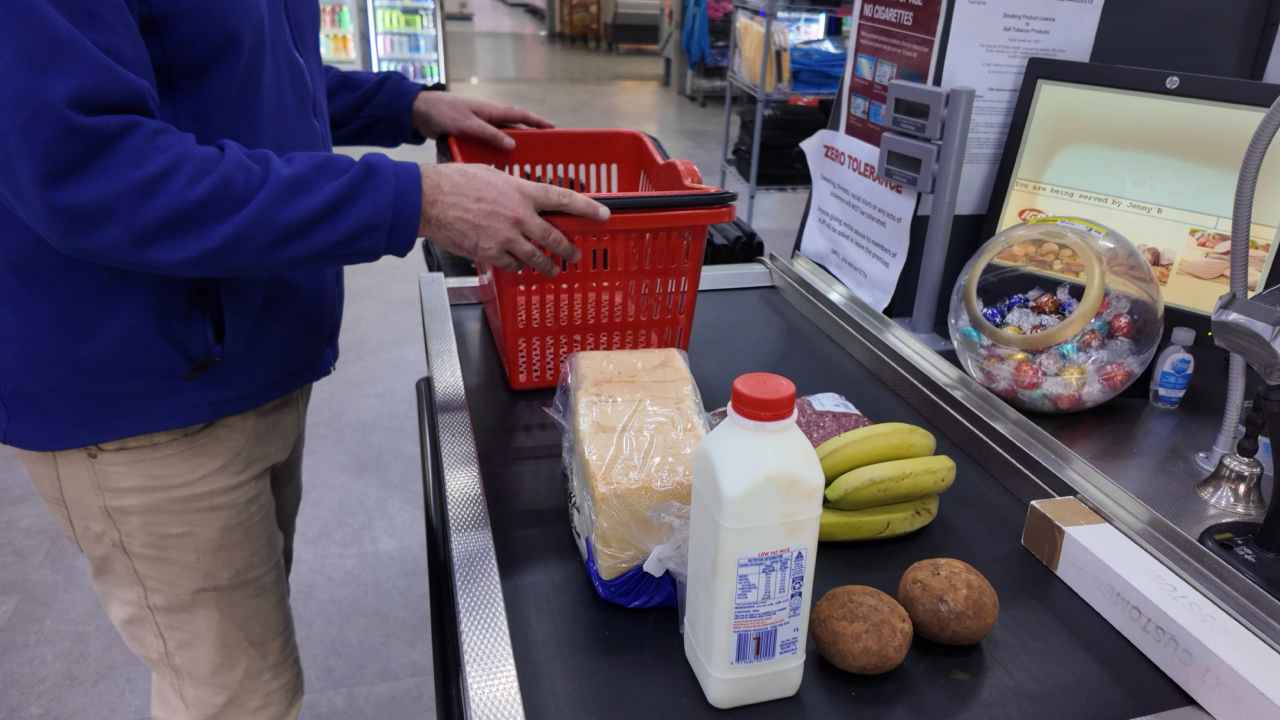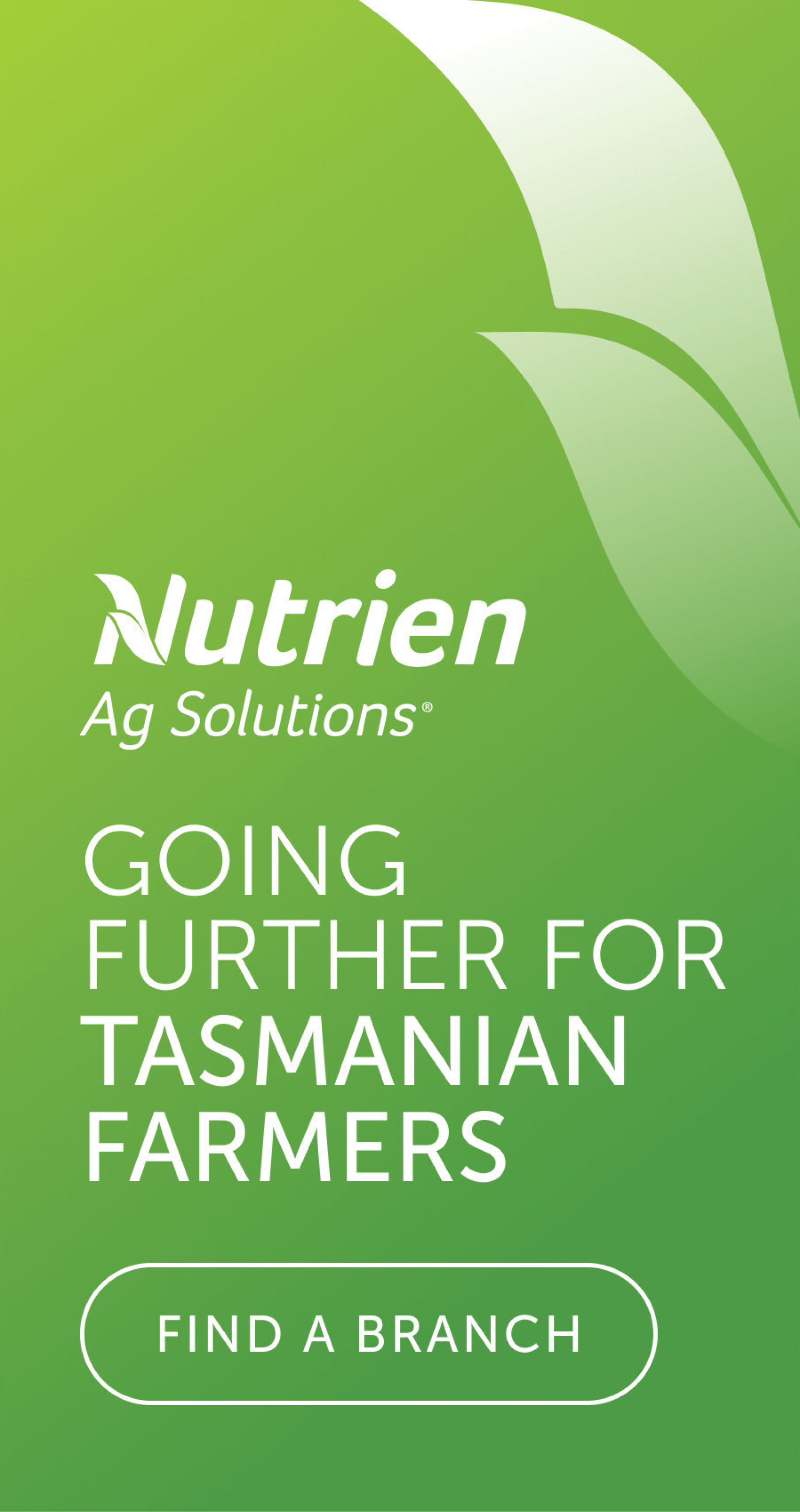Is King Island the most expensive place in Australia to buy groceries?

For decades, King Islanders have complained about the high cost of groceries.
Residents live in one of the most beautiful places in the world, but they pay a steep price every time they shop.
Groceries that cost $100 in Hobart can cost nearly $180 on King Island.
A simple plate of pasta can be $15 dearer per meal.
Even fresh milk is sold at a loss just to keep it on the shelves.
The numbers don’t lie: freight equalisation isn’t translating into equal prices at the checkout, especially when the most expensive transport pathway, air freight for perishables, sits outside the scheme’s reach.
In Hobart, about $100 will cover a family’s weekly fruit and vegetable needs.
On King Island, the same basket costs closer to $160 – $200.
Now, confirmed shelf prices at Currie’s FoodWorks make it plain: King Island is one of the most expensive places in Australia to buy everyday staples, with some items costing up to 160 per cent more than in Tasmanian mainland supermarkets.
These aren’t luxuries, they’re staples.
Yet King Island families are paying 50 – 160 per cent more than shoppers on the Tasmanian mainland.
Retailers themselves are also under pressure, paying higher landed costs on every carton and pallet that crosses Bass Strait.
Much of the premium reflects freight charges, spoilage from delays, limited economies of scale, and higher overheads such as power and refrigeration.
In some cases, like fresh milk, FoodWorks confirmed it is sold at a loss to keep it affordable.
Sameer Anora, who owns King Island’s two supermarkets, said since taking them over, he has been searching for ways to reduce the cost burden on local families.
“I’ve looked at alternative air freight options and changed suppliers”, he said.
Mr Anora has also considered buying a mainland business as another supply option to reduce costs.
“It’s frustrating, because no matter what I do, by the time the product hits the shelves the cost of freight has hit the price.”
Mr Anora explained that perishables in particular leave him with no choice but to rely on air freight.
“I have to sell milk at a loss otherwise it would simply be unaffordable.
“We use air freight as shipping delays mean spoilage, waste and empty shelves.” There’s also cold chain food regulations compliance.
But the reality is, every carton that crosses the Strait adds cost.
A family of four following the minimum recommended Australian Dietary Guidelines would buy 19kg of fruit and vegetables per week.
At Hobart prices, that basket costs $60 - $80 per week.
On King Island, using confirmed shelf prices, it’s $120 - $150 per week.
That’s a 50 - 90 per cent premium, about $1,800 - $2,000 extra per year just to meet the minimum national dietary standard.

The gap is clearest at the dinner table.
A simple family meal of spaghetti bolognese with salad and fruit costs:
- Hobart (Tasmanian mainland): about $21.20
- King Island: about $36.30
That’s an extra $15 for one meal.
Across seven dinners a week, it’s $100 more per week, more than $5,000 a year just to serve basic home-cooked meals.
As mum of two Tiffany Morrison put it: “It’s not about fancy meals, it’s just getting fruit and veg on the table.
“By the time you add milk, bread and meat, the weekly shop takes a quarter of our income and often more.”
To avoid spoilage and wastage, King Island supermarkets rely heavily on air freight for perishables, even though it costs $3 -$5 per kg compared with an effective $1–$1.50 per kg by sea.
A 20-foot container costs about $675–$742 to ship. Spread across 21–24 tonnes, the theoretical rate is only cents per kilo.
But supermarkets rarely move full containers of fresh produce.
Once you add port charges, small shipment volumes, refrigeration, spoilage risk and handling, the effective landed cost rises to $1 - $1.50/kg.
Air freight is billed directly by weight, typically $3 - $5/kg.
It is at least two to three times higher - but is the only reliable option when shipping schedules slip.
But crucially, air freight is not covered by the Tasmanian Freight Equalisation Scheme, which only subsidises sea freight.
TFES paid $183.7 million statewide in 2024–25, but much of that went to livestock, fertiliser, feed, machinery, building materials and exports, not supermarket food.
For King Island intrastate freight, TFES sets $675 per container and $742 refrigerated, with a 15 per cent loading for the island.
From July 2025, assistance rates rose 25 per cent (to $875 and $927 respectively). But because most perishables fly in, the subsidy rarely touches the weekly grocery bill. TasPorts’ trade figures show that in FY2025 King Island handled 7,955 TEU and 83,520 tonnes of imports and exports.
By September 2025, only 5,297 TEU had been moved year-to-date, highlighting dependence on fewer shipments.
The island is served by the Bass Island Line’s John Duigan and private operator Eastern Line Shipping (King Islander), but sailings are often separated by up to a week.
When ships are delayed or cancelled, shelves run low, spoilage rises, and supermarkets and food retailers must switch to even more air freight, driving retail prices higher still. On King Island, where median household income is $1,330/week compared with $1,358 in Tasmania and $1,746 nationally (mainland Australia), the burden is sharper.
Families spend a much larger share of their weekly income on food.
A grocery basket that might absorb 10 per cent of household income in Hobart can easily swallow 20 -25 per cent and often more on King Island.
Meanwhile, national food and non-alcoholic beverages rose just 1.0 per cent in the June 2025 quarter, and Hobart’s CPI rose only 0.5 per cent.
Against that backdrop, King Island’s 50 –160 per cent price gap for staples marks it as an extreme outlier not only in Tasmania but nationally.




Add new comment